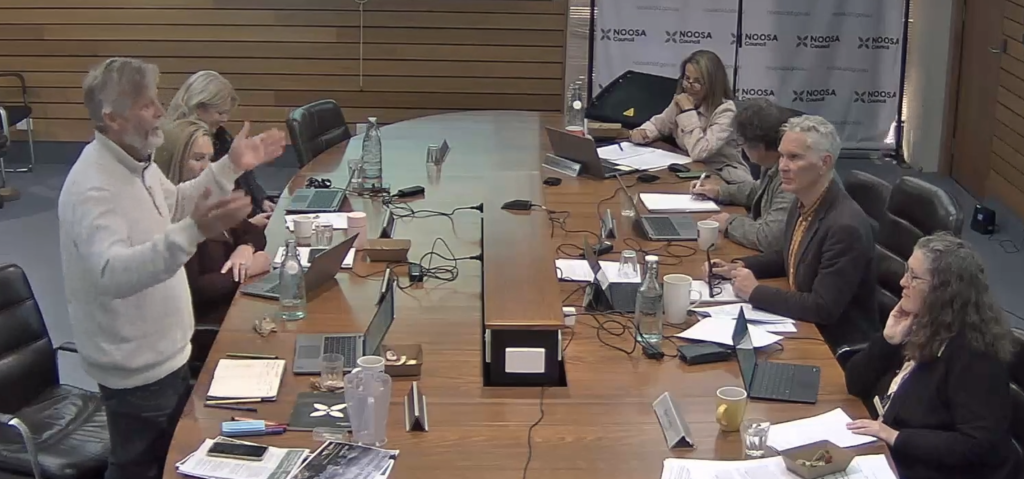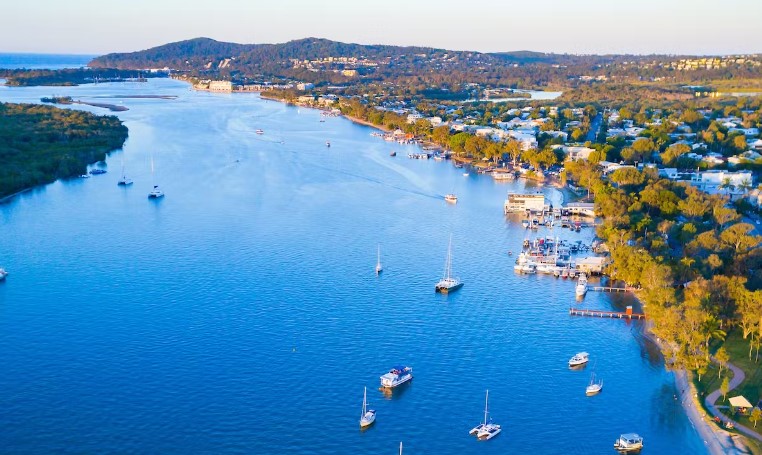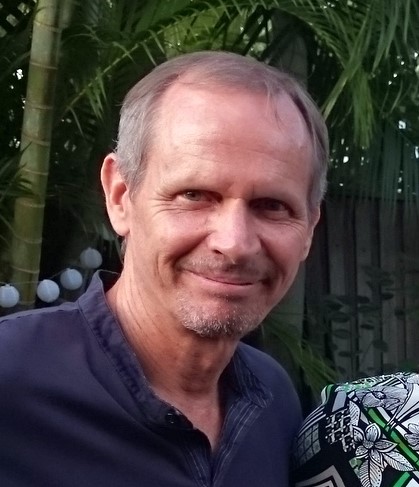Noosa Council has hit the ‘reset’ button on two key issues; the plan to update the much-loved foreshore at Noosaville and the long-term strategy to better protect and improve the Noosa River. Both go back to the drawing board for more time, more work and more consultation.
After receiving more than 2,500 responses and submissions on the Foreshore masterplan, there’s a consensus that while much work is required to protect the popular riverside area from floods, erosion and other climate-change related threats…the current plan was over-designed and in consultation terms – under-sold.
Mayor Frank Wilkie summed it this way:
We all love our Noosaville foreshore and river and councillors and staff members, are listening and carefully considering the feedback in good faith
“The full content of this plan will not be delivered tomorrow or even next year, so it’s important to get it right and develop a plan that protects and improves this incredible community space.”
Mayor Frank Wilkie.
Meanwhile, the Noosa River Plan that stalled in the last, divided Council is also going back to the drawing board with a new framework now in place. The big change since our river last became a political football is that Noosa is now a formal member of the Resilient Rivers Initiative – an SEQ Council of Mayors program to plan and guide investment in our rivers and catchments.
With this more rigorous scientific framework in place, Council can now go back to all the river stakeholders and review the best way to protect and improve our river.
And this combination of a new scientific framework and a collaborative approach may, just may, help to steer it past the barrage of fabrications, petty politics and ideology that’s stood in the way of protecting our river.
What does all this mean for Noosa Council?
This was the first serious test of this Council, its ability to hold together and to show leadership. The Wilkie Council appears to have passed that test. The ship has been righted.
One Council insider says the seeds of both of these derailments were planted back in the early days of the last Council. In his brief tenure as CEO, Scott Waters kickstarted a seismic organisational restructure that’s still reverberating, and which led to some ‘siloing’ of Council departments that should have been more cohesive.
Waters had departed when the foreshore plan was expensively conceived with an ‘infrastructure management’ focus, but little in the way of explaining the need for the changes. What it lacked was a communications approach that doesn’t simply tick boxes, but genuinely brings the community along for the ride…at least as much as that is ever possible.
Acting Council CEO Larry Sengstock was recently confirmed as the full time CEO, and while he has a reputation for professionalism, diligence and getting on with his staff…we have yet to see whether his political antennae are tuned to avoid derailments. On this occasion, they weren’t.
In the new social media reality of tiny groups, conspiracy theorists, political opportunists and vexatious, online bullies, our Council has to stay above and ahead of the loud, angry voices with hidden agendas. It has to be smarter about the way it communicates, and not take on too much at once.
Read here about the recent Foreshore rally, its strange alliance of organisers …and its whiff of sideshow alley.
Finally, the real test of this Council could come next year, when the river and foreshore plans are adapted, when new community consultation is conducted. Then our Council needs to get on with its priority of protecting the river that is Noosa’s lifeblood.

Councillor Tom Wegener expressed these widely held concerns in Thursday’s Council meeting.
I have to lament the river is still choking in silt, we have gone nowhere in the overall river plan. My concern is a healthy river full of life, in its benthic layer, full of little crustaceans, full of fish, full of prawns, full of oysters…and we are just slipping further and further away from that. We’re marching forward, but we’re making haste very, very slowly.
Cr Tom Wegener

